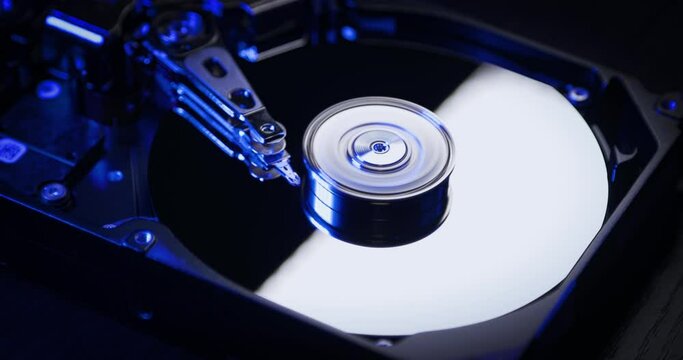 POSTED ON September 05, 2024
POSTED ON September 05, 2024 A Quick Guide to Surveillance Hard Disks: Key Features and Benefits
In today's world, where security is paramount, surveillance systems have become an essential component for both residential and commercial properties. At the heart of these systems lies a crucial element: the surveillance hard disk drive (HDD). Unlike standard hard drives, surveillance HDDs are specifically designed to handle the demanding requirements of continuous video recording and playback. They are engineered to operate 24/7, ensuring that they can reliably store large amounts of high-definition footage from multiple cameras without compromising performance. This guide explores the key features and benefits of surveillance hard disks, highlighting their importance in maintaining the integrity and availability of security footage. By understanding the unique attributes of these specialized drives, users can make informed decisions that enhance the effectiveness of their surveillance systems while safeguarding valuable data against potential loss or failure.
A surveillance hard disk (HDD) is a specialized storage device designed to record video for security systems, such as CCTV, 24 hours a day. They are built to handle the demands of continuous video recording from multiple cameras simultaneously, and are designed to be more durable and reliable than regular hard drives.
Here are some features of surveillance hard disks:
Built for longevity: They are designed to run 24/7 without overheating or failing.
Optimized for video recording: They have higher write speeds and can manage large video files.
Enterprise-grade features: They often come with built-in encryption, self-healing technology, and support for high-write workloads.
Central component of digital storage: They can be used in DVRs, NVRs, video servers, and video management systems.
Normal desktop hard drives are not designed for the constant, high-density operations of a surveillance environment, and are susceptible to failure if used for this purpose.
Differences Between a Surveillance Hard Drive and a Normal Hard Drive
When it comes to storing data, not all hard drives are created equal. If you’re setting up a video surveillance system, it’s essential to understand the differences between surveillance hard drives and normal (or desktop) hard drives. Here’s a breakdown of the key differences to help you make an informed choice.
1. Purpose and DesignSurveillance hard drives are specifically designed for security systems. They are built to continuously record video from multiple cameras, ensuring smooth and uninterrupted footage. Normal hard drives, on the other hand, are general-purpose storage devices used in personal computers and laptops for a variety of tasks, like storing documents, photos, and software.
2. Operational HoursOne of the biggest differences is how long each type of drive is meant to run. Surveillance hard drives are made to operate 24/7, constantly recording data. This makes them perfect for security applications where continuous monitoring is crucial. Normal hard drives are designed for intermittent use, typically running for 8 to 16 hours a day, which isn’t ideal for constant video recording.
3. Workload RatingsSurveillance hard drives can handle a much higher workload than normal drives. They are optimized to perform write operations about 90% of the time, which is essential for capturing high-definition video continuously. Normal hard drives aren’t built to manage such intense writing demands, and using them for surveillance can lead to performance issues or even drive failure.
4. Firmware and FeaturesThe firmware, or software that controls the hard drive, is specially designed in surveillance drives to manage constant read and write operations. This helps minimize frame loss and ensures smooth video playback. Normal hard drives don’t have this specialized firmware, which can result in problems when used for recording video.
5. Reliability and DurabilitySurveillance hard drives are built to be reliable and durable in demanding environments. They often include features that protect against errors and vibrations, ensuring consistent performance. Normal hard drives usually don’t have these enhancements, making them less reliable for continuous operation.
6. Power ConsumptionSurveillance hard drives are designed to be energy-efficient, which helps keep them cool during long hours of operation. This is important for maintaining their reliability over time. While normal hard drives may be energy-efficient for typical use, they aren’t optimized for the constant demands of a surveillance system.
7. Lifespan and Failure RatesSurveillance hard drives generally have a longer lifespan than normal hard drives. They often boast a Mean Time To Failure (MTTF) of around 1 million hours, compared to about 600,000 hours for standard drives. This means surveillance drives have a lower annualized failure rate, making them a more reliable choice for critical security applications.
Similarities and differences of NAS and surveillance hard disk drives (HDDs)
NAS and surveillance hard disk drives (HDDs) are specifically designed for reliable, continuous 24×7 operation, unlike regular desktop drives, which are not built for such demanding use. These specialized drives, such as the Toshiba N300, often feature rotational vibration (RV) sensors that allow multiple drives to be safely mounted close together without interference, ensuring stable performance in multi-bay systems. Additionally, NAS and surveillance HDDs are optimized for lower power consumption and enhanced reliability, making them ideal for recording data from multiple surveillance cameras or serving as central network storage, whereas desktop drives lack the necessary durability and functionality for these applications.
No Comments
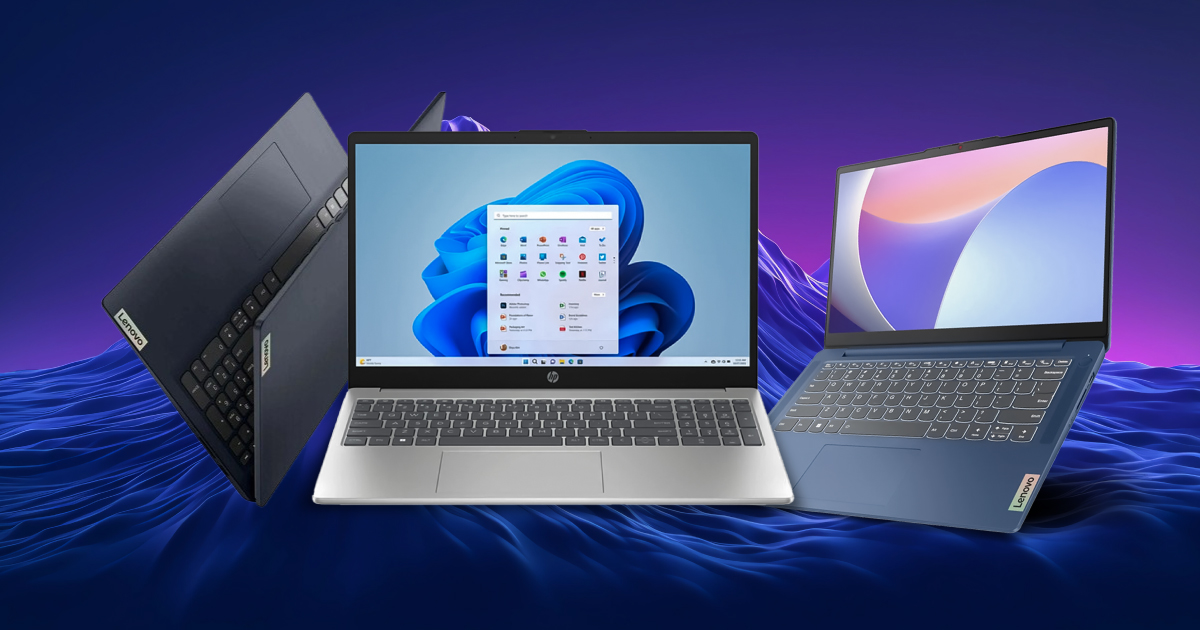

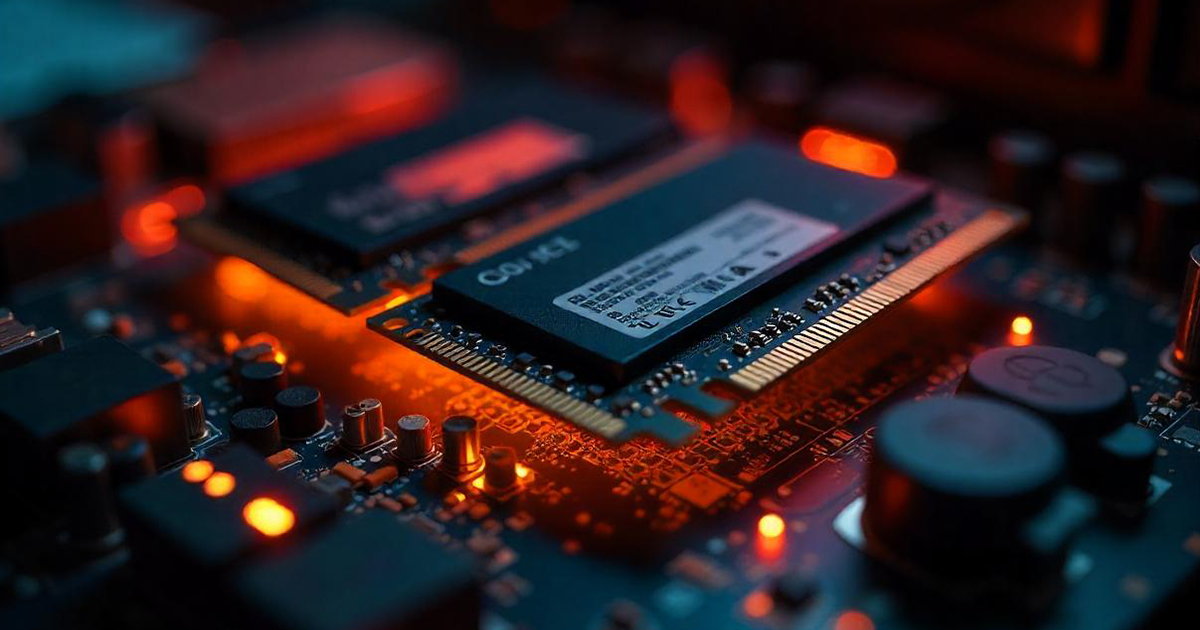
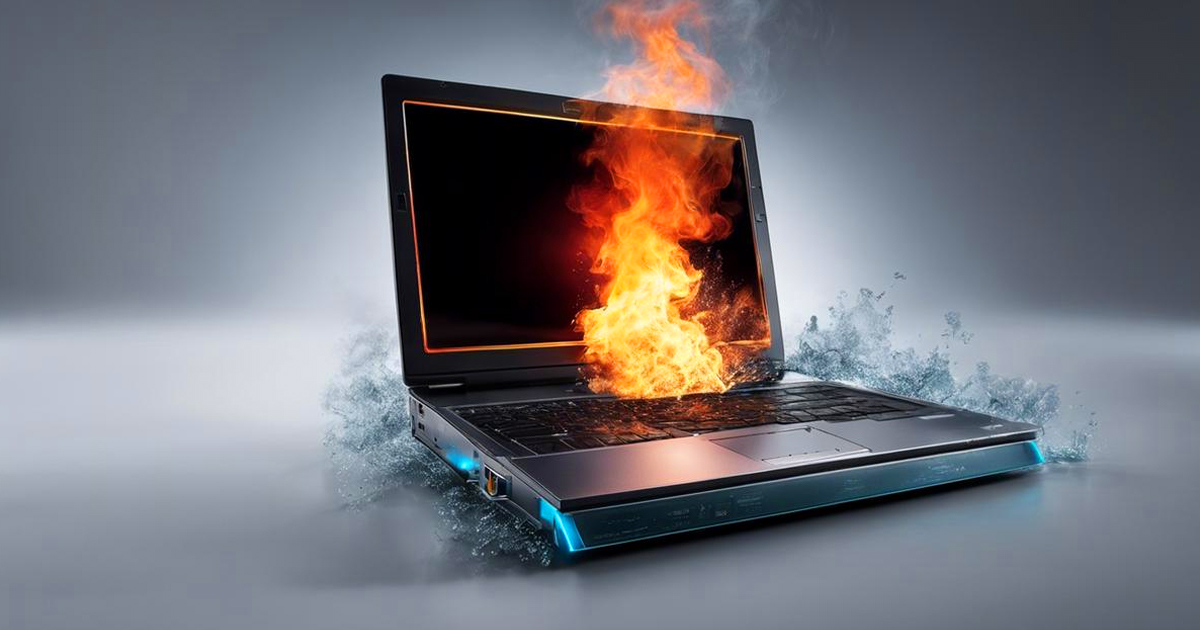
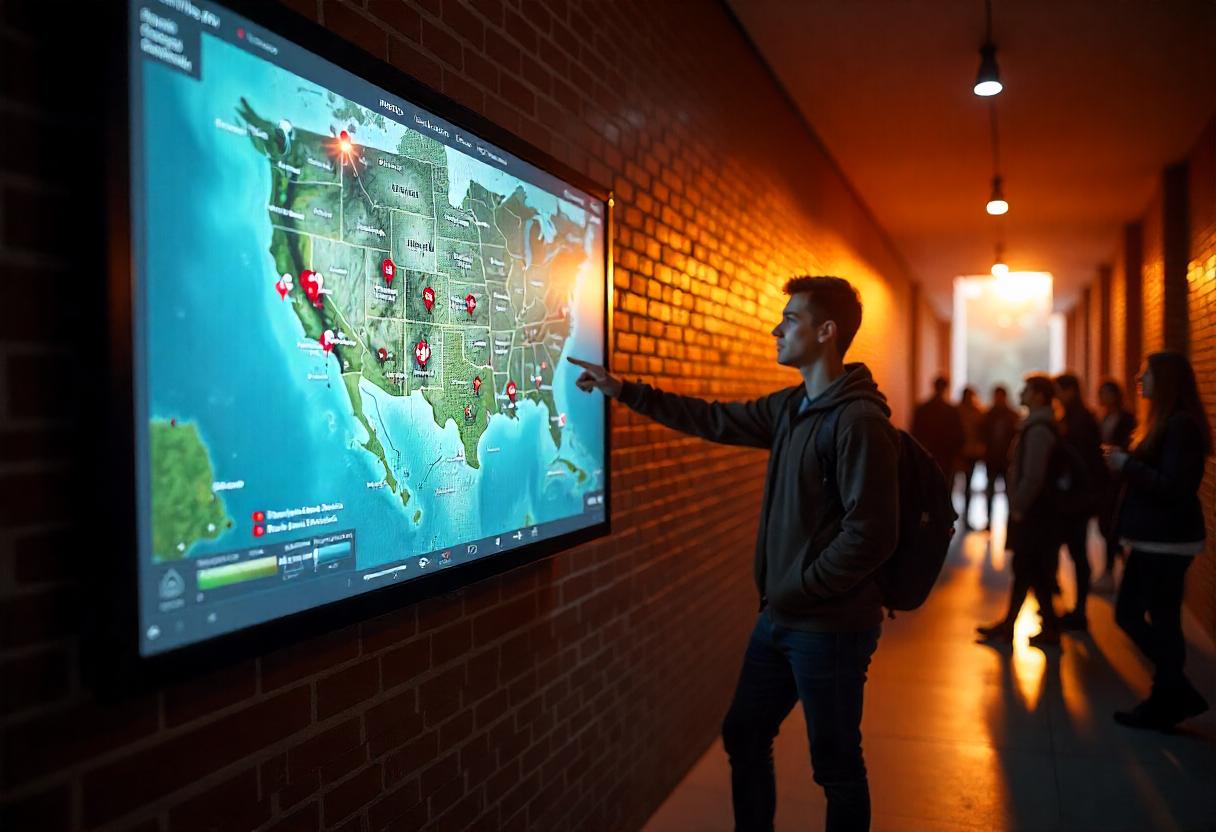


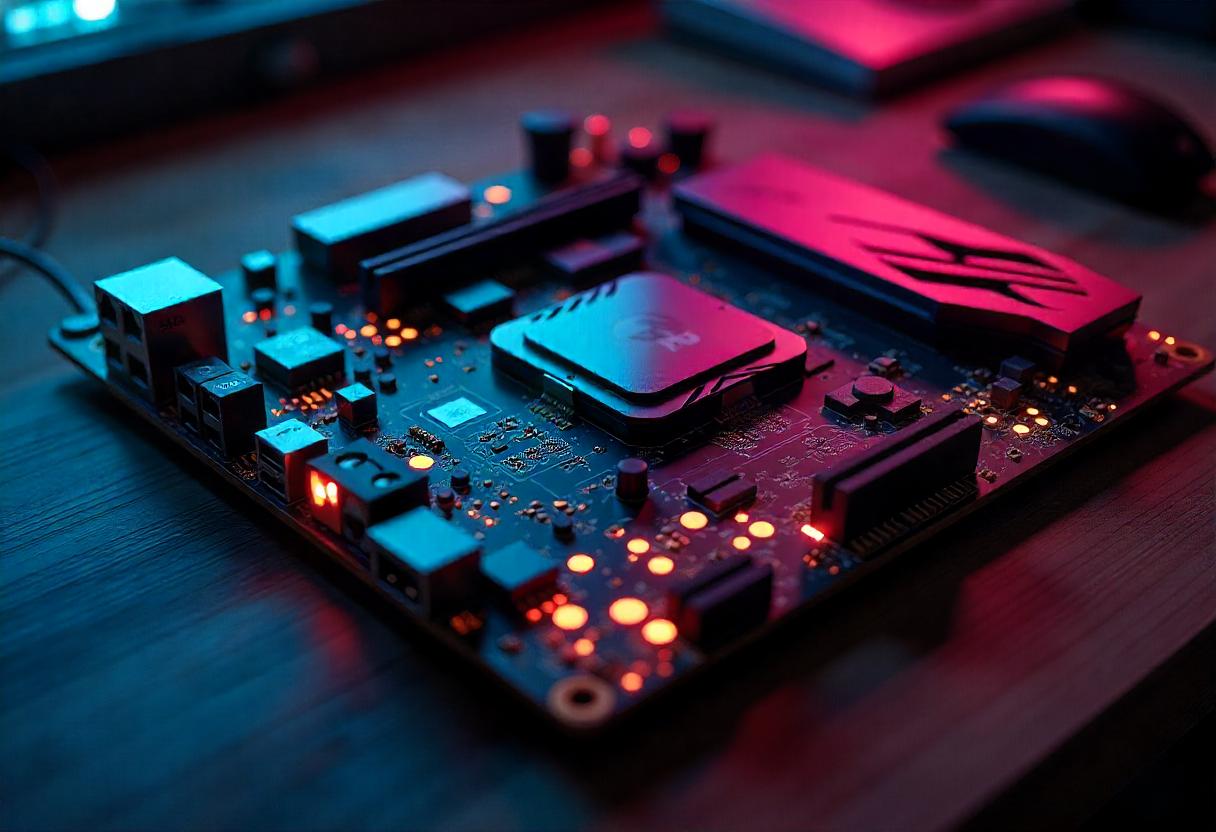
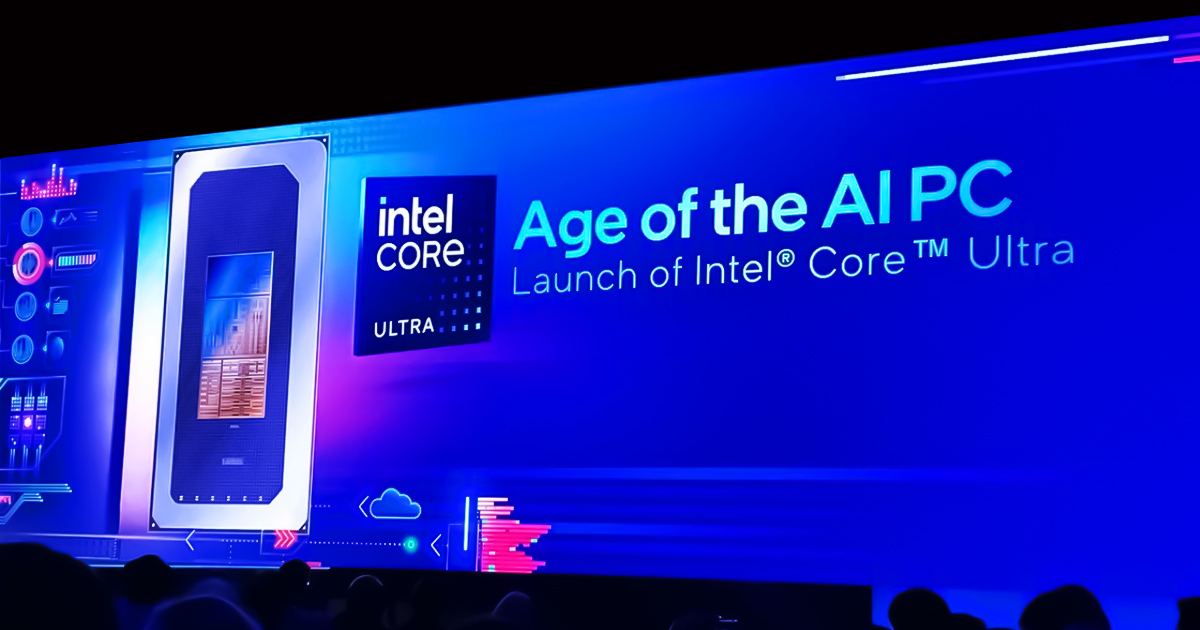

Leave a comment